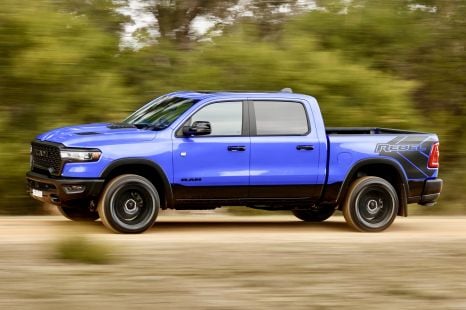

Max Davies
2026 Ram 1500 Rebel review
5 Days Ago
Jaguar Land Rover cannot get its hands on chips, which has slashed output and led to a quarterly loss as detailed here.

Senior Contributor
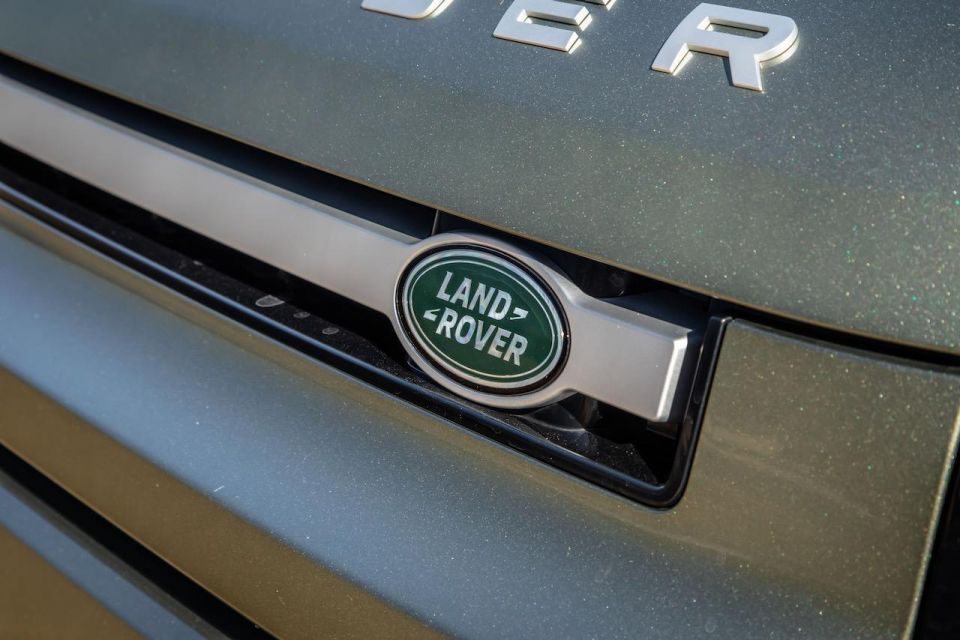

Senior Contributor
Jaguar Land Rover posted a pre-tax loss of £302 million ($A550m) over the third quarter (Q3) of 2021, and saw wholesales plunge as the semiconductor shortage plays havoc.
It recorded a profit of £65 million in the same period last year.
JLR says it sold 64,032 vehicles to dealers over Q3, down 12.8 per cent on Q3 of 2020. Retail sales including its China Joint Venture were down 18.4 per cent to 92,710.
The mix of electrified vehicles (EV, PHEV and mild hybrid) reached 66 per cent.
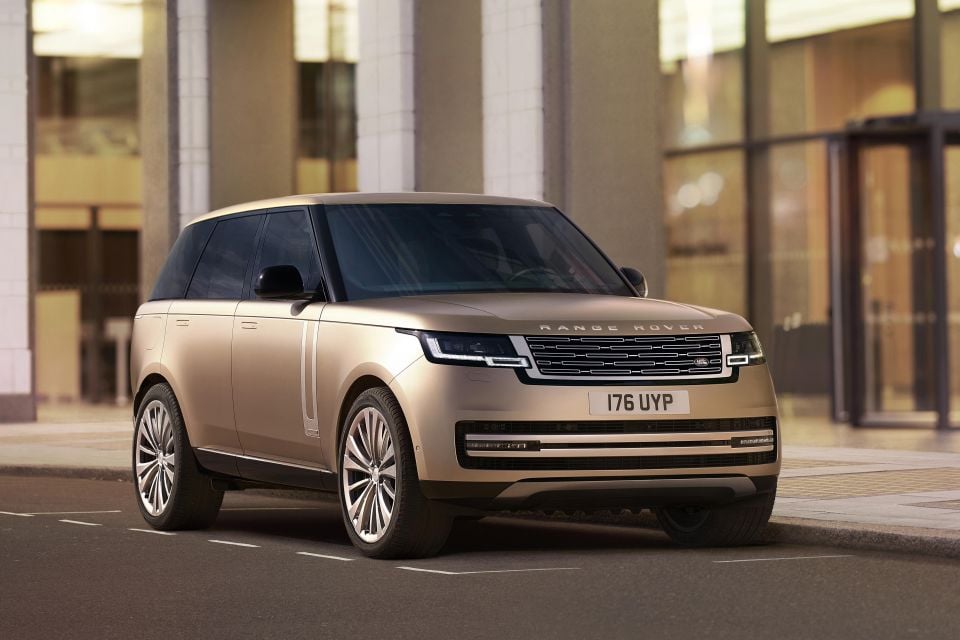
Retail sales were lower year-on year in most regions, including North America (-15.6 per cent), China (-6.3 per cent), Europe (-17.0 per cent), and in the UK (-47.6 per cent).
Retail sales of all models were lower year-on-year except for the new Land Rover Defender, which retailed 16,725 vehicles, up 70.4 per cent year-on-year, making it JLR’s best-seller.
The company did say its free cash outflow of £664 million ($A1.2b) was significantly better than prior guidance for a £1b ($A1.8b) free cash outflow, “reflecting prioritised production of higher margin products and cost controls to reduce the cash break-even point”.
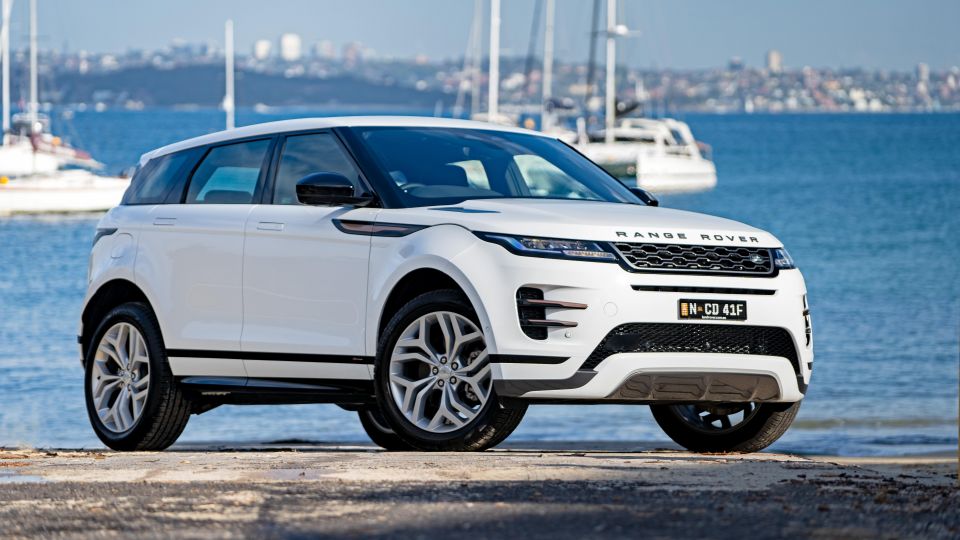
Despite the impact of the semiconductor shortage on production and sales, the company says it continues to see strong demand for its products with global retail orders at record levels of more than 125,000 vehicles.
Chief Financial Officer Adrian Mardell told investors Monday the company had unfulfilled demand of 160,000 vehicles, adding “that’s probably the highest number in history of the company”.
“The global shortage of semiconductors continued to constrain our production, sales and financial performance in the second quarter but we’re encouraged to see the continuing strong demand for our products with order books at new record levels,” he added.
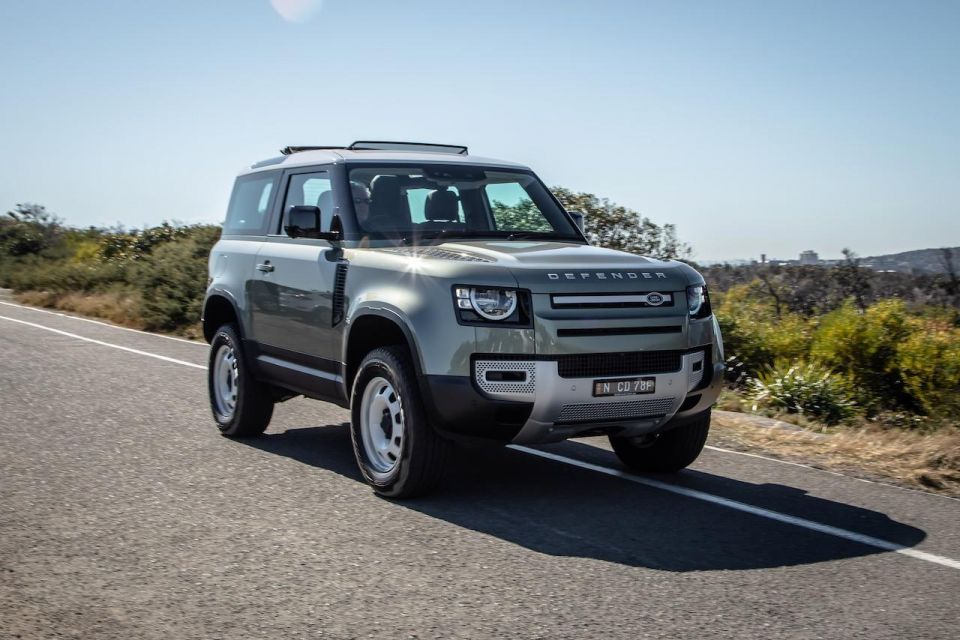
“We were pleased the cash outflow on these volumes came in significantly better than expected, reflecting the progress we are making to reduce the break-even point for the business through product mix optimisation and cost controls.”
The semiconductor crunch has hit hard, with major manufacturers reporting nearly unanimous hits to production and deliveries – despite generally strong levels of demand.
Production reports published by the global parents of Australia’s top-selling car brands paint a pretty bleak picture. The situation suggests current low stock levels could remain a factor.
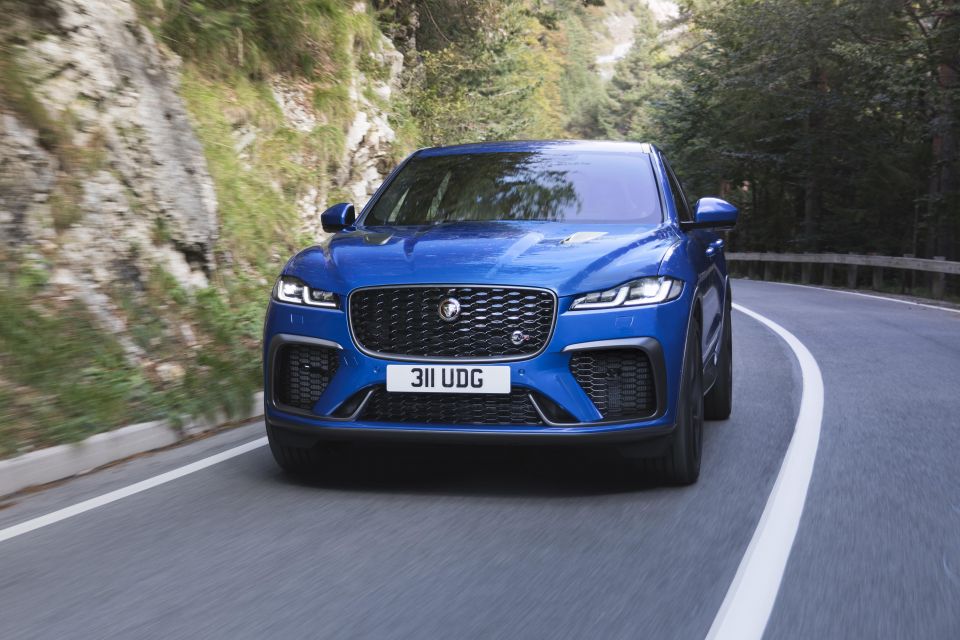
Manufacturer global HQs are, however, shoring up profits thanks to demand for higher-margin cars, be they premium vehicles or light commercials and pickups. That’s needed to fund expensive electric car research and development.
MORE: Stock shortages, production cuts all over as chip crunch hits MORE: Staggering impact of semiconductor shortage on car industry revealed


Max Davies
5 Days Ago
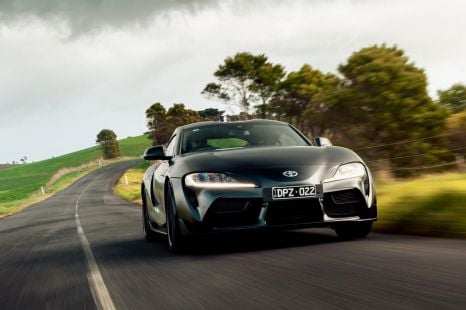

Max Davies
4 Days Ago
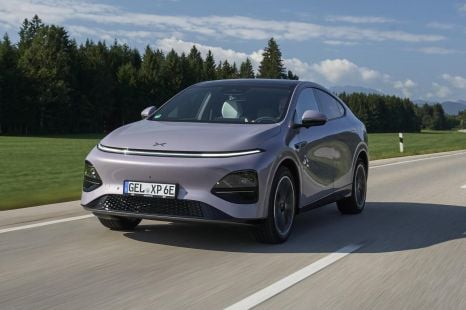

Neil Briscoe
3 Days Ago


Max Davies
2 Days Ago
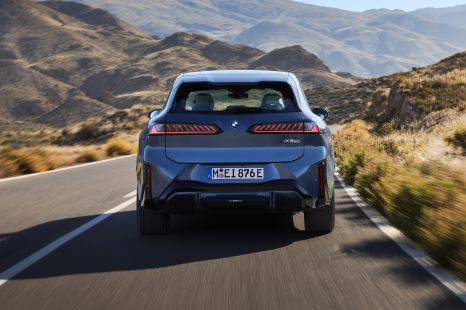

Alborz Fallah
21 Hours Ago
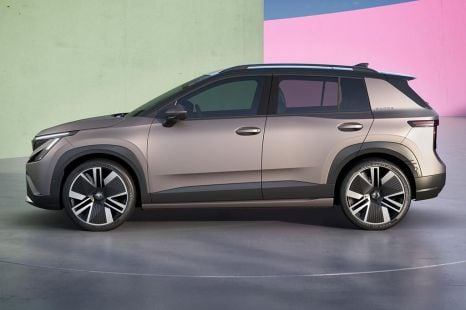

Damion Smy
21 Hours Ago